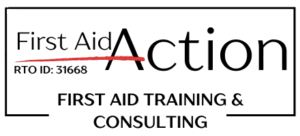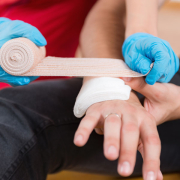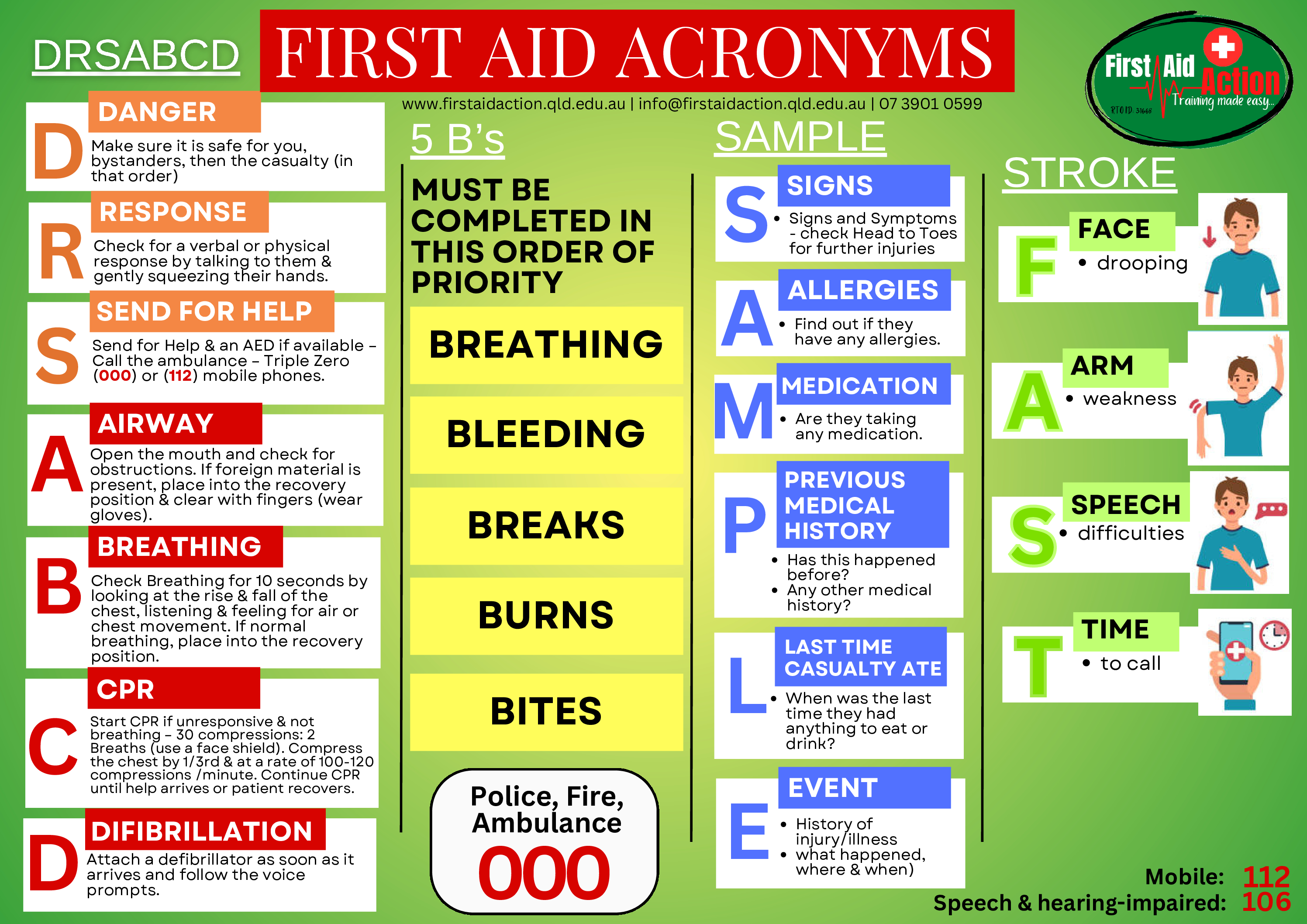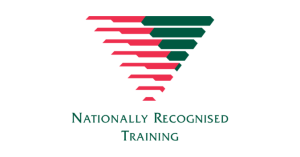Teach your children to call for help!
Have you taught your children to call the ambulance? Do they know the number? Do they know not to hang up? Do they know the ambulance operator is not a scary person and will help them in an emergency?
Four easy words to teach your children to help them to remember how to call for help are:
CALL – call the emergency number in your country (000 or 112 on a mobile phone in Australia)
SAY – that you need an ambulance, police or fire brigade
WAIT – until the operator puts you through to the correct emergency service and DO NOT HANG UP
STAY – stay on the phone and answer the operator’s questions as best as you can. They will always help to keep you calm and tell you what to do if there is an emergency at home.
There are other important steps to teach your children in an emergency:
- Practice an emergency plan if there is a fire or danger in the home. Do they know the best way to get out of the house?
- Can they reach the door to open it up for the ambulance to enter the home?
- Can your children remove any pets safely into another part of the house so the ambulance can enter the home safely?
- Do your children know where the first aid kit is in the house and how to use the items in the first aid kit?
- Have you taught your children the recovery position in case a parent, grandparent or other relative falls unconscious in the home.
- Teach your children some basic first aid skills so they may able to save a life one day.
Finlay the First Aid Bear has a great catchy song to sing a long to “Call, Say, Wait, Stay” available to download on Spotify and most streaming platforms.




